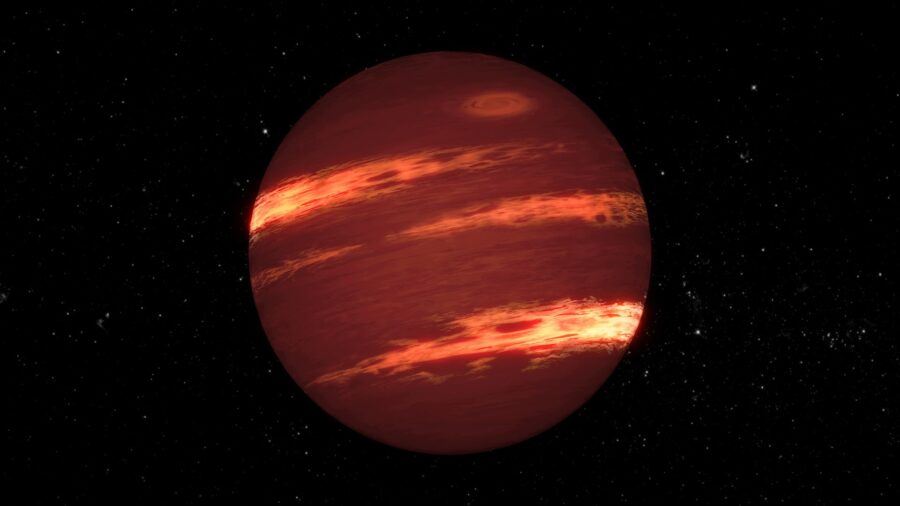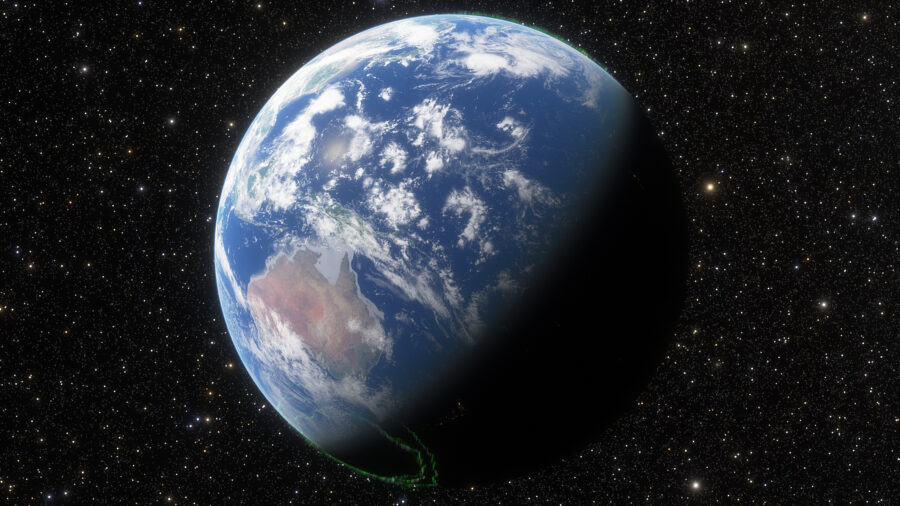Habitable Planets May Be Devoid Of Life Due To Stellar Winds

Many science fiction movies and television shows have toyed with the idea of strong stellar winds, resulting from coronal mass ejections, blowing away Earth’s atmosphere. While those ideas mostly remain in the realm of space science fiction, especially in shorter time frames, the same can’t be said for some planets outside our solar system, where stellar winds (a broader term) strip entire planets of life.
Charged particles of strongly magnetic cool stars could reach speeds up to five times greater than the average speed of our Sun’s solar wind. In other words, exoplanets orbiting those cool stars are subject to stellar winds traveling as fast as 5 million miles per hour.
According to Space.com, cool stars with powerful magnetic fields could have stellar winds so harsh that they play out the sci-fi scenario in real life, stripping entire atmospheres of orbiting planets, rendering them incapable of hosting life.
These findings stem from various simulations conducted by the Leibniz Institute of Astrophysics Potsdam, and they could provide crucial information in our quest to find extrasolar planets, also known as exoplanets, that are capable of sustaining life. Space truly is the final frontier, after all.
The researchers at AIP found that certain charged particles of strongly magnetic cool stars could reach speeds up to five times greater than the average speed of our Sun’s solar wind. In other words, exoplanets orbiting those cool stars are subject to stellar winds comprised of charged particles, traveling as fast as 5 million miles per hour.
How Strong Are Stellar Winds?
That’s 6,000 times the speed of a bullet fired by a handgun. And, as you might imagine, such winds are strong enough to completely blow away the atmosphere in outer space and destroy the conditions needed to support life on those planets.
Now, we’re not astrophysicists, but allow us to provide at least some context, courtesy of countless Star Trek episodes and space documentaries. Most stars have something called a Goldilocks Zone, which is a region around a star where the conditions allow for water liquid to exist on the planet’s surface, assuming that the planet has a suitable atmosphere.
However, this doesn’t mean that the planet or planets within the habitable zone will have life or even liquid water. Other factors, such as atmosphere and magnetic field, play crucial roles. So, what does that have to do with solar winds?
Cool stars with powerful magnetic fields could have stellar winds so harsh that they play out the sci-fi scenario in real life, stripping entire atmospheres of orbiting planets, rendering them incapable of hosting life.
Stellar winds consist of charged particles ejected from stars, and when these collide with the planet’s atmosphere, they can impart energy to the atmospheric molecules. If the space winds are strong, the atmospheric molecules might achieve escape velocity and leave the planet.

Without the atmosphere, there would be an immediate loss of pressure, which would cause all the water on the surface of the planet to evaporate and then freeze. If that were to happen to our Earth, the average temperature would drop to -0.4°F (-18°C). Also, the sky would be pitch black, even during the daytime.
Fortunately for us, the Earth has a pretty strong magnetosphere, so our atmosphere isn’t likely to just disappear due to stellar winds. However, the simulation conducted by the scientists plays a crucial role in developing a very sophisticated observational model for searching for other habitable, life-harboring planets in outer space.
We can now observe certain stars, their gravity, magnetic field strength, rotation periods, and other properties to determine whether the planets in their habitable zones can actually host life.
The research of stellar winds and how they interact with other celestial bodies further deepens our understanding of space and charts a somewhat clear course for potential space exploration once the technology for effective space travel has been developed.












